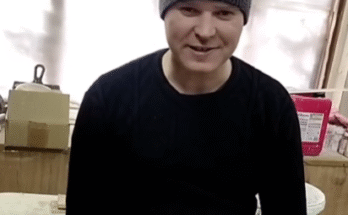
Creating a metal table for your garden is not only a rewarding DIY project but also a practical investment in durable, long-lasting furniture. Whether you’re a beginner welder or someone with intermediate experience, crafting your own garden table from metal can be a fun and satisfying challenge. This guide will walk you through the process, from design and material selection to the final touches.
Why Build a Metal Garden Table?
Metal tables are popular in gardens because they can withstand weather elements better than wood or plastic. They’re sturdy, rust-resistant (especially with the right coating), and can be customized in many styles—from rustic to modern. Additionally, building your own table allows you to control size, shape, and design, making it perfect for your unique garden space.
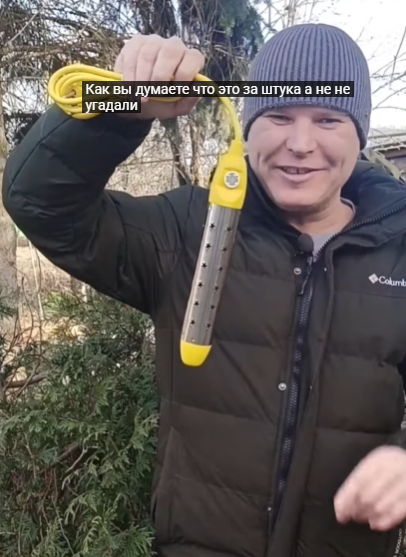
Tools and Materials You’ll Need
Before you start, gather all the necessary tools and materials:
Materials:
- Steel tubing (square or round, 1” to 2” in diameter) for the frame
- Steel sheet or expanded metal for the tabletop
- Welding rods or wire (depending on your welding method)
- Rust-resistant paint or powder coating
- Rubber feet or leveling glides (optional)
Tools:
- MIG or stick welder
- Angle grinder (with cutting and grinding discs)
- Clamps
- Tape measure
- Marker or chalk
- Square and level
- Safety gear: welding helmet, gloves, protective clothing, safety glasses
Step 1: Design Your Table
Start by sketching your design. Decide how large the table should be and what shape suits your garden—rectangular, square, or round. A common size for a garden table might be 4 feet long, 2.5 feet wide, and 2.5 feet tall.
Think about function. Will this table be for dining, potting plants, or decorative purposes? Your answer will influence the strength and size of the materials you’ll use.
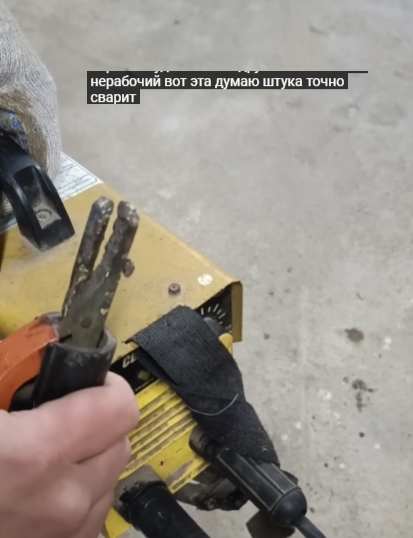
Step 2: Cut the Metal
Once your design is finalized and your measurements are set, use your angle grinder or metal saw to cut the steel tubing to size:
- 4 legs (e.g., 30” each)
- 2 long frame pieces (e.g., 48” each)
- 2 short frame pieces (e.g., 30” each)
- Additional supports if needed (center braces or crossbars)
Use a square to ensure each cut is perfectly straight. Double-check all your measurements before cutting to avoid costly mistakes.
Step 3: Prepare for Welding
Before welding, clean the metal surfaces using a grinder or metal brush to remove any paint, rust, or oil. Clamp your frame pieces together on a flat surface, starting with the rectangular perimeter. Use a square to make sure all corners are 90 degrees. Tack weld the joints lightly to hold them in place.
Once you’re confident in the alignment, proceed with full welds. Weld all joints securely, and consider adding gussets or crossbars for additional strength, especially if the table will hold heavy pots or equipment.

Step 4: Add Table Legs
Weld the legs to the inside corners of the frame. Check that each leg is perfectly vertical using a level. Tack them first, then fully weld once you’re sure they are even. If the table will be placed on uneven ground, you might want to install leveling feet on each leg, which are available at most hardware stores.
Step 5: Attach the Tabletop
For the tabletop, you can use a steel sheet, expanded metal mesh, or even repurposed materials like an old steel sign. Expanded metal is a good choice if the table will be used for potting, as dirt and water can fall through easily.
Measure and cut the tabletop to fit your frame. Tack it into place, and then weld it securely along the edges or at key points. Be careful not to over-weld thin metal as it may warp from the heat.
Step 6: Grind and Smooth the Welds
After the welding is complete, use an angle grinder to clean up any rough or sharp welds. Smooth out edges and corners to prevent injury during use. This is an important step for both safety and appearance.
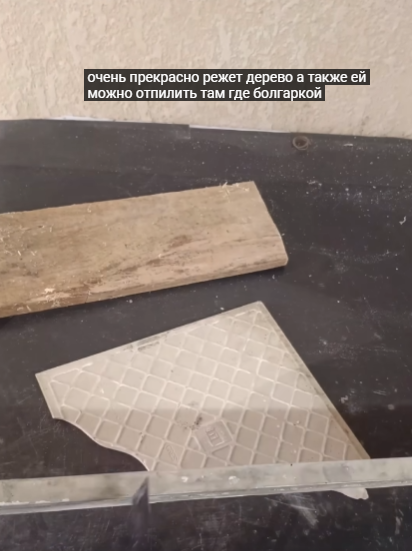
Step 7: Paint or Coat the Table
To protect your table from rust and the elements, apply a finish. Start by wiping the table down to remove dust and debris. You can use a metal primer followed by a rust-resistant outdoor paint. Alternatively, if you have access to a powder coating service, it offers an even more durable finish.
Apply at least two coats of paint, allowing proper drying time between each. Choose colors that complement your garden—green, black, bronze, or even a bold color for a pop of personality.
Step 8: Final Touches
Once the paint is dry, attach rubber feet or levelers to the bottom of each leg if desired. These can protect your patio surface and help keep the table stable. Move the table to your garden and test its stability. You might also add hooks or side bars for hanging tools or decorations.
Bonus Tips: Customization Ideas
- Add wheels: Attach caster wheels to make the table mobile. Locking wheels are best for stability.
- Install a shelf: Weld a lower shelf between the legs to store pots or tools.
- Create matching chairs: Use leftover materials to build simple metal stools or benches.
- Incorporate wood: Add a wooden top to the metal frame for a rustic-modern mix.
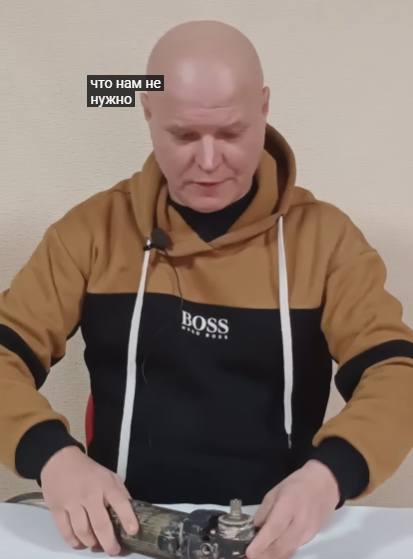
Safety Notes
Always wear proper safety equipment while welding. Make sure your workspace is well-ventilated and free from flammable materials. If you’re new to welding, consider taking a short course or watching instructional videos to understand basic techniques and safety procedures.
Conclusion
Welding a metal table for your garden is a fulfilling project that combines creativity with hands-on work. The result is a sturdy, weather-resistant piece of furniture that will serve you for years. Whether you’re enjoying a sunny breakfast outdoors or using the table to repot plants, you’ll appreciate the pride of having built it yourself.
Don’t worry if your first welds aren’t perfect—welding is a skill that improves with practice. What matters most is your effort, your safety, and the joy of creating something functional and beautiful with your own hands. So grab your welder, gear up, and start building your garden masterpiece today!


